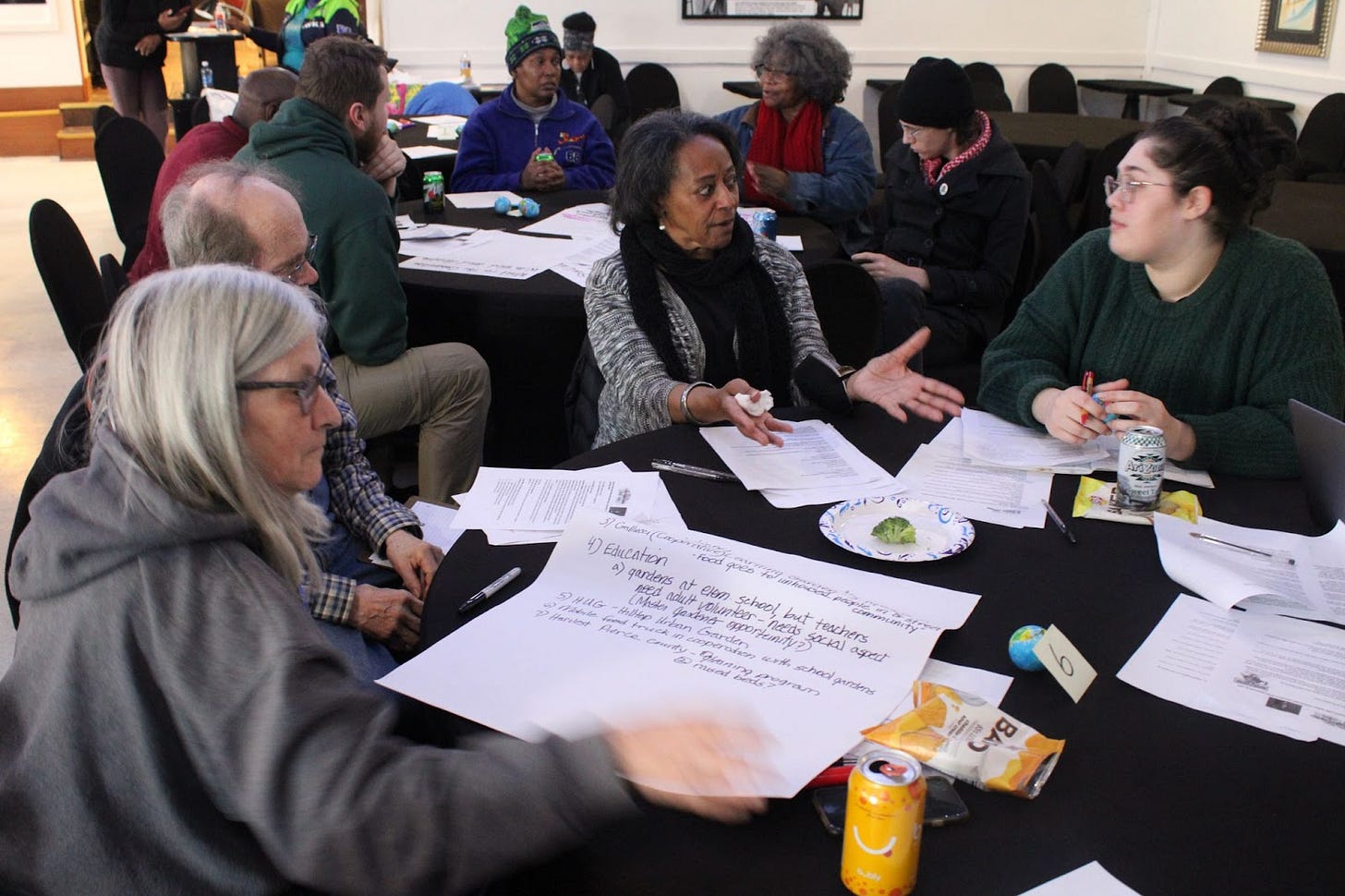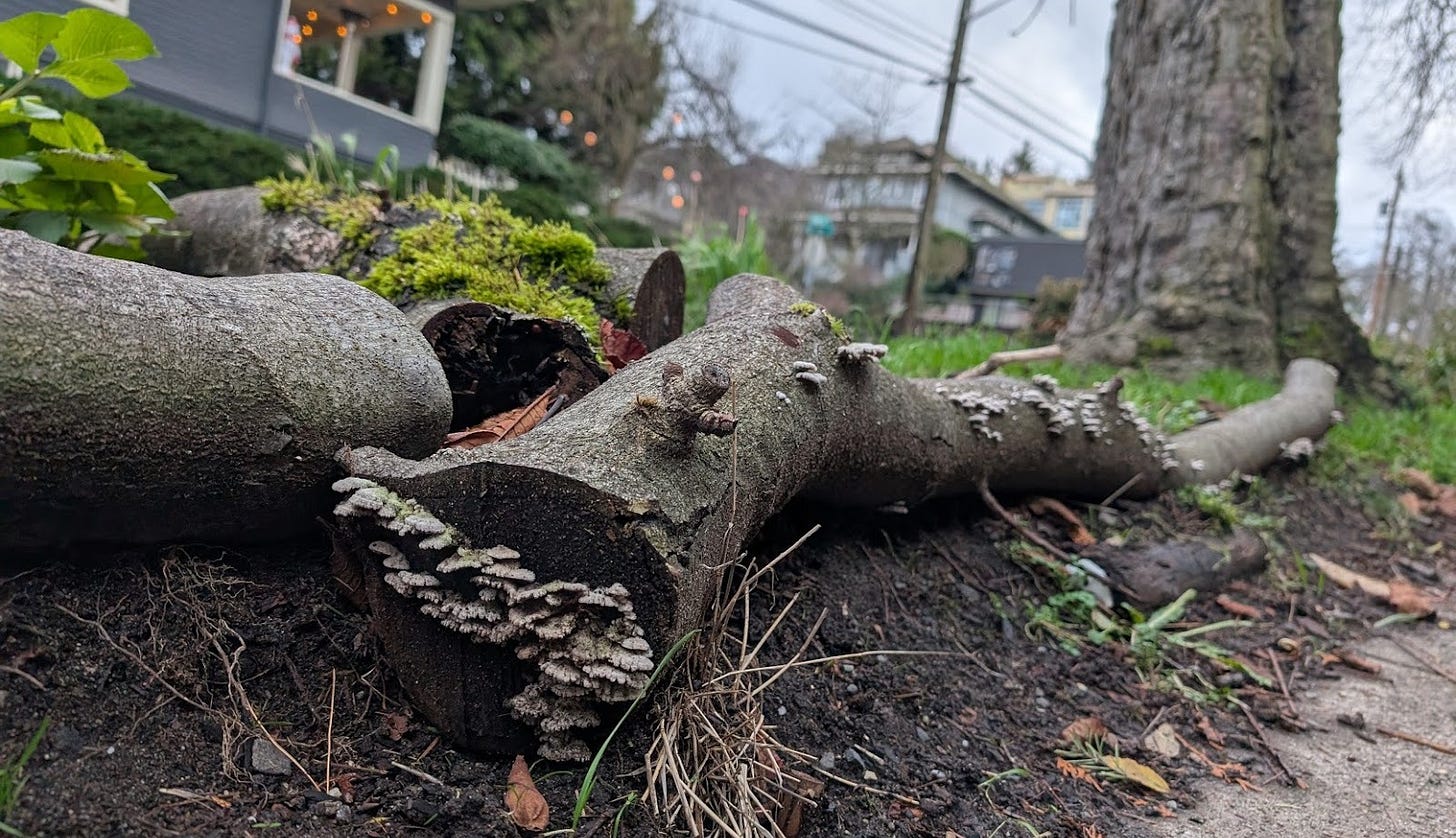2025 marks the beginning of yet another difficult cycle for the American Republic. On January 20th — with half of the decisive decade for climate action already wasted on false starts and empty pledges — Trump will be inaugurated, again.
As soon as he assumes office, his administration will set to work dismantling anything and everything with any connection to climate action or social justice, as he seeks to not only stall but reverse what little progress that’s been made.
Given this grim reality, today’s justice-oriented movements must seek new ways to advance their goals while resisting the regressive machinations of the federal government.
For climate activists in particular, that may mean creating allyships of convenience with business interests who also wish to prevent Trump from repealing the key climate legislations that have allowed the clean economy to blossom in recent years. But resisting Trump can’t, or at least shouldn’t, be the sole aim.
The movement needs to prioritize strategies that, in the long run, wrest power from states and corporate conglomerates and put it in the hands of the people — even when those efforts seem small at first.
When The People Assemble
It’s amazing, to me at least, the radical solutions people will come up with and call for when given the opportunity to speak from their hearts free from corporate influences and any concern for what is politically expedient.
Consider, for instance, the French Citizens’ Climate Assembly and the community assembly hosted by the Tacoma chapter of the A. Philip Randolph Institute.
In the former, from April 2019 to June 2020, 150 citizens from across France worked together to develop a suite of proposals intended to slash their country’s carbon emissions. Many of the resulting recommendations were things the French Parliament would likely never have considered otherwise.
The proposals included establishing a moratorium on airfield construction in 2025, banning domestic air travel in favor of rail, and levying a tax on the wealthy to fund more climate solutions.
In his book Slow Down: The Degrowth Manifesto, Japanese philosopher and political economist Kohei Saito argues that these radical propositions only emerged because the citizens’ assembly allowed for a new and deeply democratic approach to citizen engagement. But the assembly itself likely would have never happened without the protests from groups like Extinction Rebellion and the Giletes Jaunes.
“What the creation of the citizens’ assemblies shows us,” Saito writes, “is that social movements can renovate democratic processes and use the power of the state” to advance transformative actions without requiring top-down command and control.
Of course, there’s little chance anything like a national citizens’ assembly could occur in America under Trump, which makes their smaller scale counterpart, community assemblies, all the more important.
These two types of fora function in much the same way; the difference is the scope and scale of the problems they consider. Community assemblies, as their name suggests, take a more narrow focus.
Last Saturday, I attended the fourth and final convening in a series of community assemblies hosted by Tacoma’s chapter of the A. Philip Randolph Institute. The assemblies were focused on identifying and advancing the food insecurities affecting families in Tacoma, Washington, and those in attendance understood that, at the root, food insecurity exists because the economy treats food as a commodity instead of as a commons.
Saito describes the commons as “forms of wealth that should be managed and shared by every member of a society.”
To move toward managing food as a commons, people talked about the importance of returning, at least in part, toward growing food locally and also establishing community-owned, cooperative grocery stores that use a mix of memberships and sliding-scale prices to ensure that everyone can access healthy foods while allowing the grocery store to cover costs and expenses.
Though the latter might seem over-ambitious, Boston’s Dorchester Food Co-op shows that it’s possible.

The solutions that people’s assemblies surface are often entirely different from what policymakers typically discuss because, unlike elected officials and political parties, everyday people don’t have to worry about appeasing the wealthy donors who fund electoral campaigns.
Even if policymakers did propose similar ideas, it’s hard to say whether the efforts would garner the same support.
People hate being patronized.
That’s why these convenings are so important, two different assembly organizers told me.
As communities use the assemblies to land on specific policies or solutions to advocate for, the assemblies also help build strong support that endures from inception through execution, ensuring people will back the measures as they’re drawn up and, once implemented, defend them against the pushback that inevitably accompanies progress.
Climate Action Resolutions for 2025
All this occupies my mind as I consider what I’d like to see more and less of from the climate movement in 2025.
I firmly believe that community assemblies and the constellation of tactics that surround them allow us to grow and spread like fungal threads: building bridges between established organizations and new sproutlings to share resources, skills, and wisdom; forging connections as we expand our mycelial networks until one day we fruit and emerge from the decaying body of capitalism.
Given all we’re confronted with, imagining a future in which we fruit feels like a fantasy that will never come to pass. But so long as we learn to cooperate through the toil and discomfort, I believe we can manage. And there are numerous things we can abandon and yet more we can adopt that will inch us toward that fruitful future.
So, with that, here’s my thoughts on the year ahead:
What’s “Out” for climate action in 2025?
Believing that “green growth” can save us,
Abdicating agency to elected officials,
Ignoring the demands of frontline communities at home and abroad,
Applauding corporations for empty pledges,
Placing excess hope on international negotiations that can be upended by one rogue party.
What’s “In” for climate action in 2025?
Uplifting Indigenous knowledge and leadership,
Prioritizing solutions that advance the just transition,
Recognizing that not everything that advances the climate movement is explicitly about climate change and building more cross-issue solidarity,
Protecting and expanding the commons,
Highlighting community-led solutions that build toward a regenerative economy.
All this, I firmly believe, will help us build the power we need to hold the line against Trump, as we fight for progress when and where we can.
Related resources
Want to run your own people’s assembly?
Hungry for more ideas about how to spread mycelial threads?
Get a copy of activist and organizer adrienne maree brown’s book, Emergent Strategy.
Curious how other activists are preparing for the incoming administration?
Read this New York Times feature about how youth in the climate movement are repositioning themselves for Trump 2.0
Want to advance the just transition where you are?
Interested in reimagining your local economy?
A Weekly Limerick:
I don’t mean to be such a nag.
But the lack o’ progress is a drag.
If we don’t act now,
You will find out how
Our cities could turn right to slag.


